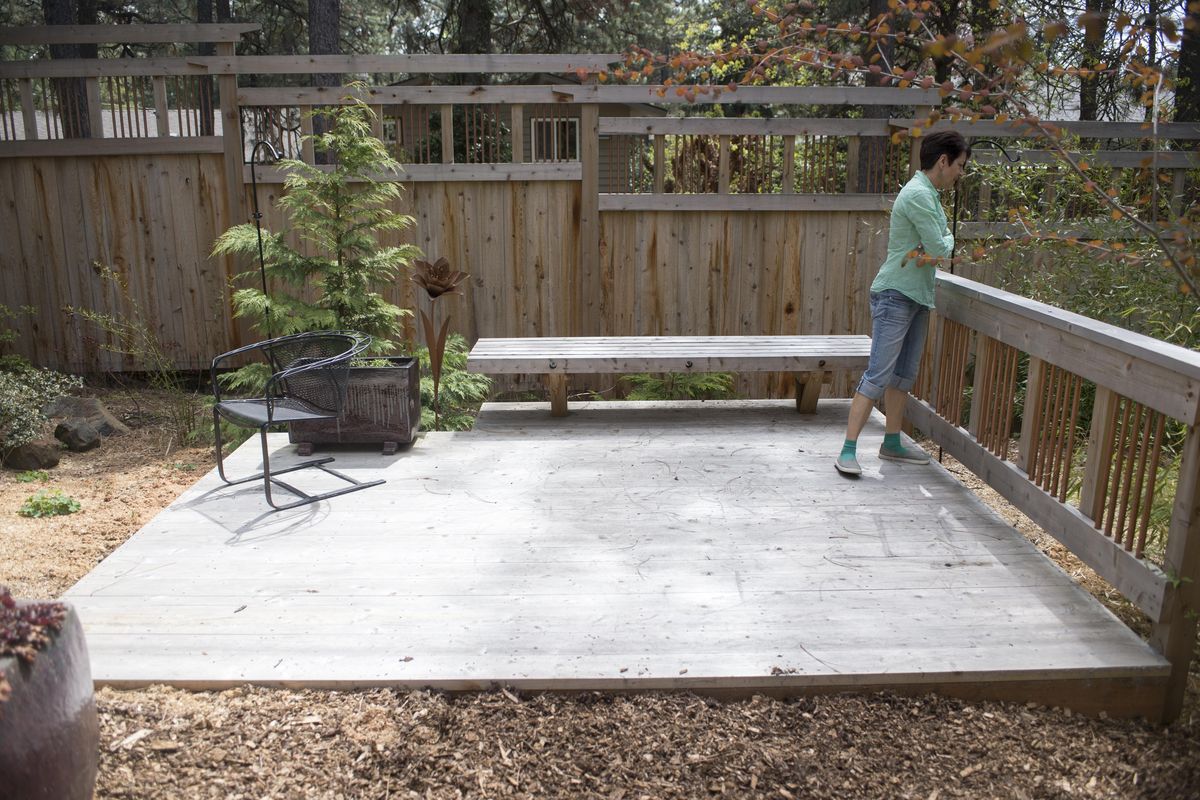In the Garden: Reflect your personality with a telling landscape design

A well-planned home landscape – whether designed professionally or by the gardener-in-residence – does a beautiful job of reflecting those who live there.
Landscape architect Barb Safranek has a clear vision of what it takes to create stunning gardens that speak both to the homeowners and those who visit. Having designed hundreds of residential landscapes, she understands the steps of the design process.
“The most natural place to start is with your own lifestyle, what you’d like to have and what you’re able to keep up with,” she said. “People come with ideas from their past that they think they’d like, while others don’t have much time to devote to a garden due to their jobs.”
She recommends looking at your site and taking into consideration the soil and how the terrain speaks to you. Then look at the views you have, including any eyesores you want to screen out.
“You’ve got to go with what you have, rather than imposing something that will fight with the site,” Safranek suggested. “There will be some compromising.”
Another consideration is the effect of time on a landscape.
“I always ask my clients how long they are planning to be in their home,” she said. “Depending on whether they will be selling it soon, or if it’s their starter home or their dream home, it affects how densely I plant things.”
Well-designed landscapes use focal points to draw the eye to them. One of Safranek’s favorite elements is containers.
“If they’re large enough, they add structure to the landscape,” she said. “The glazes on them add color and a smooth, geometrical form that stands out. They add winter interest even when there aren’t any plants in them.”
This region’s winters are hard on regular ceramic pots, but there are freeze-resistant types that can be left outside year-round because they are fired at very high temperatures during the manufacturing process.
In Safranek’s own garden, she has a tall pot filled with water that adds a stunning element. She will often recommend them to clients.
“I always pitch the container water features because they add so much to the landscape,” she related. “They provide a welcome bit of movement with water shimmering down the sides of the pots.”
Other focal points include sitting areas, container groupings, specimen trees and carefully-placed rocks.
“In my own landscape, one of my goals was to have something interesting to look at all year long,” she said. “Rocks, pots and trees provide me with the feel of a garden no matter what time of year it is.”
Safranek suggests getting away from straight lines and creating curved paths and lines instead – always keeping in mind the flow of moving through the garden. Curving lines lead the eye around a corner, maybe to an interesting design element or an attractive vista.
She feels trees add scale to the landscape, drawing the eyes up to the sky. It’s important to select a tree that is the appropriate size for the garden it will be planted in. Those with small gardens should steer clear of trees that will become huge and choose a more modest specimen.
An admitted plant-lover, Safranek is always visiting nurseries to see which new plants are available and then tries to figure out where she can squeeze some into her garden. She enjoys playing with colors and textures.
“I think a lot about contrasting foliage,” she said. “It adds so much richness to the garden, long after any flowers have bloomed.”
When choosing plants, especially trees and shrubs, pay close attention to the mature size listed on the plant labels. With proper spacing, they won’t become troublesome later.
If a homeowner feels their landscape is lacking in appeal, Safranek has two straightforward solutions to add some pizzazz.
“It’s good to focus on the entry to your home because that’s something everyone sees and it says a lot about you,” she said. “If you can get your entry looking really good, the rest of your landscape is going to be OK.
“Another idea is to choose the place you spend the most time, or the window you look out the most, and devote some effort to that. Rather than getting overwhelmed with the whole garden, choose one perspective instead.”
Safranek has been a landscape architect for about 25 years and still finds the work very fulfilling.
“I enjoy all of the places I get to see and the people I get to meet,” she said. “I enjoy designing and the process of helping people communicate what they are visualizing.”
To view this week’s “Everyone Can Grow A Garden” video, go to on my YouTube channel, youtube.com/c/susansinthegarden. Susan Mulvihill is co-author, with Pat Munts, of “Northwest Gardener’s Handbook.” Contact her at Susan@susansinthegarden.com.